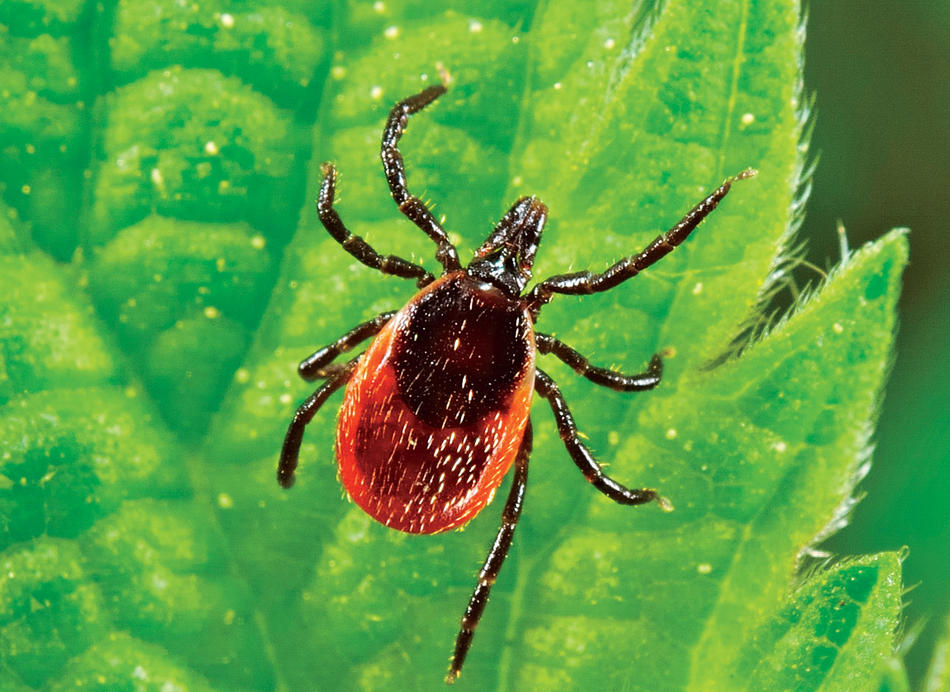Lyme disease has been reported in unexpected places over the past few years, with many Americans contracting the tick-borne illness in densely populated suburban areas and even in some cities, including New York.
What’s causing the disease to spread, and what can be done to stop it?
To find answers, a group of Columbia researchers is turning to ordinary citizens, by creating the Tick App, a free smartphone application that asks people to document where and when they spot ticks and allows them to upload photos of the bloodthirsty arachnids. The researchers say that this information will enable them to map in unprecedented detail where people are encountering dangerous tick species and thus better understand any ecological factors driving up rates of Lyme disease, whose prevalence has more than doubled since 2000.
“Once we identify an area where lots of people are seeing ticks, we’ll look at what changes have been occurring in the local environment, as well as how people might be using the land differently than in the past,” says Maria Diuk-Wasser, a Columbia associate professor of ecology, evolution, and environmental biology, who developed the Tick App in collaboration with ecologists at the University of Wisconsin–Madison. “This should tell us why tick exposures are increasing, which is important to know for designing effective disease-prevention efforts.”
Users of the Tick App who submit photos of ticks they see in the wild will receive feedback from entomologists about whether the species are dangerous and how to
protect themselves.
Scientists already know that warming temperatures are leading deer ticks, which are the main vector for Lyme disease, to migrate out of their traditional habitats in northeastern and midwestern woodlands. They suspect that in some regions a loss of biodiversity is allowing tick-carrying vermin like mice, chipmunks, and raccoons to thrive. In other areas, human encroachment into previously forested land is exposing more people to tick bites. The relative influence of these factors on rates of infection is unknown.
“Today, most of what we know about human–tick interactions is based on telephone surveys,” says Diuk-Wasser. “And you can’t collect enough data that way to get very good geographical specificity. At best, you might be able to determine the relative number of ticks in one county versus another.”
Diuk-Wasser and her colleagues hope to paint a much more detailed picture of Lyme-disease risk, identifying specific towns, neighborhoods, and even parks where large numbers of ticks are present. They say that location data, combined with information that app users share about their outdoor activities, could help local health authorities prevent outbreaks.
“One of the big questions we want to answer is, what are people typically doing when they come across ticks? Are they hiking in the woods? Walking their dog in a park? Or simply mowing their lawn?” says María del Pilar Fernández, a Columbia postdoctoral researcher working on the project. “This can provide clues about what kinds of control methods are needed.”



